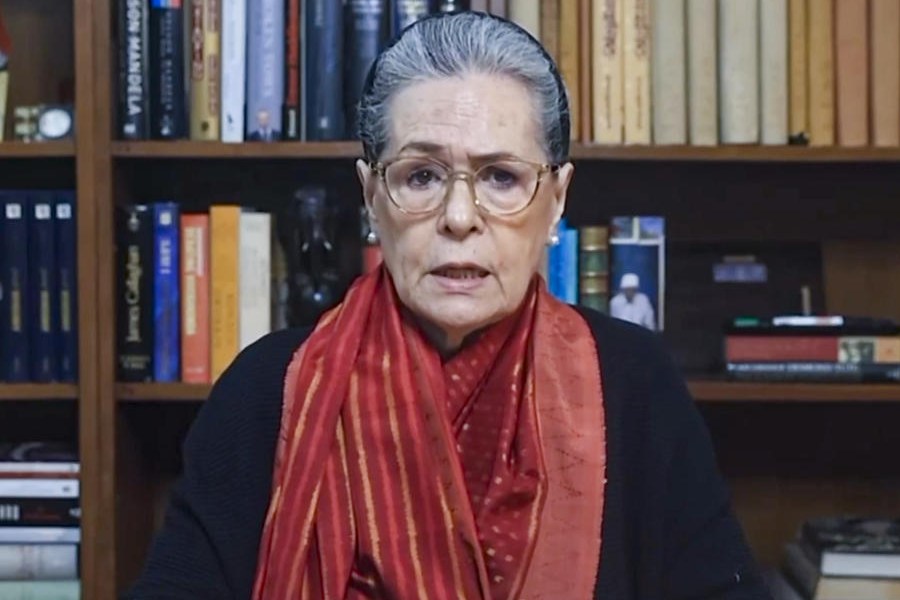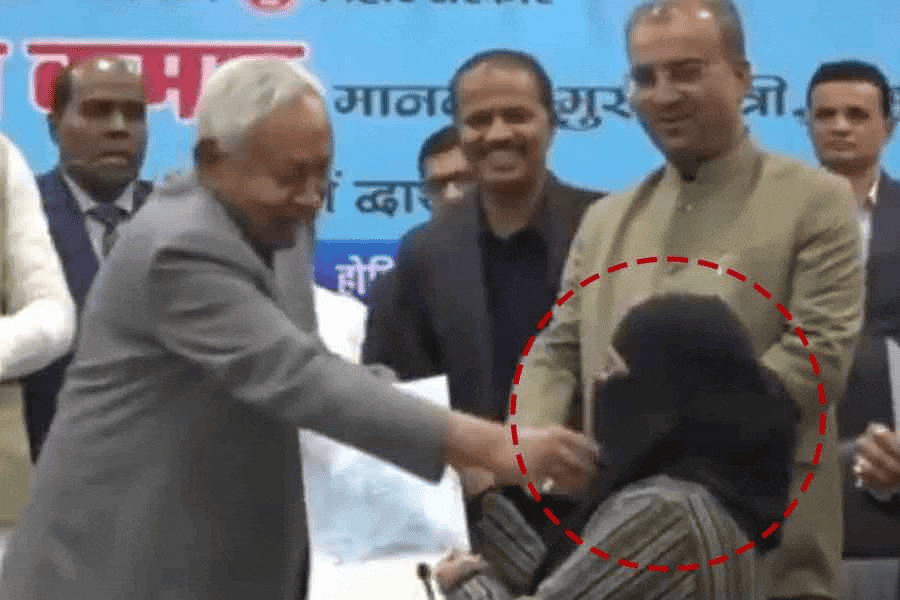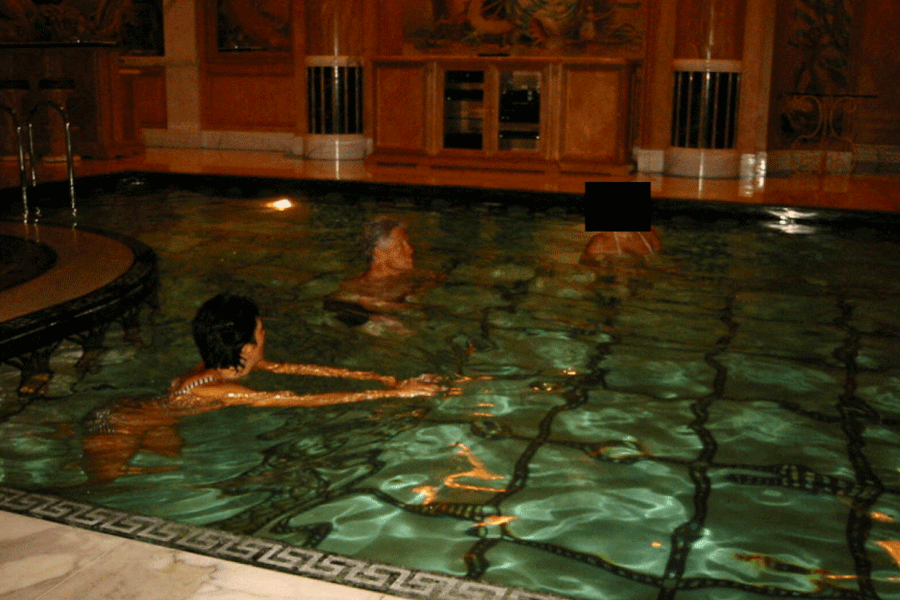Jewellery designer Poonam Soni has completed over three-and-a-half decades in the business of jewellery designing, passionately holding onto her speciality of creating statement hand-crafted jewellery and promoting the deft craftsmanship of Indian artisans globally. In a t2 tete-a-tete, she talks about her journey, the challenges of pursuing her passion and her new collection.
What helped you to stay relevant over the years?
I started in 1989 from home. I think relevance is a very crucial factor. For me, relevance is passion for design and creating unique pieces. I love colours. I am an artist. I draw, paint, stitch and do embroidery. I think this beautiful aspect of art and design is my life. I travel a lot and get to see beautiful places. I imbibe their ethos of culture and architecture and try to bring that into my jewellery. So, the jewellery isn’t really jewellery, it is a story. When I meet my clients, I also see how they walk, talk and what they wear. I weave it into my jewellery pieces when I custom design. I think, it is very important for every designer to be aware of the changing times and to mould the designs according to what is required by the customer.
I do jewellery in collections. For instance, during Covid I did a fun series of pendants based on George Orwell’s Animal Farm. In my collection, contrary to the book, the animals were very happy and fun-loving and free. They were wearing the latest fashion accessories like sunglasses, bags, watches and footwear, which I designed in a 3D look. During Covid, I thought of giving people a happy collection and it became relevant to that time. Likewise, even now, whatever collection I make, it gives a sense of time and todayness to the jewellery.
Your jewellery pieces are statement wear and a complete visual treat…
The first thing that comes to my head is aesthetics. When a woman is wearing a piece, someone should notice her. I think a little bit of vanity should be involved in the piece. So, when she enters the room it should be a head-turner. I keep aesthetics in mind and then I give it a story. The story makes the piece even more special and one of a kind. My style of designing involves fusion, colour and multi-dimensional aspects. Different elements of design are all woven in one and culminate into the fabulous workmanship that we have in this country.
I am still doing pieces which are totally handcrafted. I don’t think there is 100 per cent hand-craftsmanship in the industry today as it constrains growth. You have to be passionate to do this. Price-wise it is not a very comfortable situation to be in but our identity is handcrafted jewellery and there are many families who appreciate and can afford these pieces.
Despite being commercially challenging, why is hand-craftsmanship important for you and what are the other challenges of keeping the art alive?
When I do handcrafted, it is like two people communicating and bringing a design to life. So, when I do these pieces, the look and feel is completely different. It is uneven because of the man-made element. It has its own story to tell. When I went international 30 years ago, I had a little bit of fear in me because no one had taken that path and I was dealing with very affluent families or I was being invited by brands like Louis Vuitton in Paris to showcase. I was confused about my product in a market of highly advanced technology and also highly disciplined. But I decided to go with my handcrafted product and unusual fusion designs and that became my USP, helping me in becoming the brand I am today. It is getting extinct and is a dying industry in our country. So, I want to keep it alive as much as I can.
I have a demand for over 100 pieces but I can only make 40 or 50 in a month or maybe less. I cannot increase sales like the machine-made industry. I work with a concept of minimal edition and unique pieces. I prefer design growth and being known as a niche designer. A handful of top families in India and the world know me. That is the type of response I have chosen.
You have incorporated sustainability into your production in different ways…
I am very passionate about the concept of sustainability. It gives a sense of gratitude. There is one collection I did during Covid called Metamorphosis. It was about revamping the locker jewellery that is no longer used. Every woman, in India, has unused locker jewellery which is either gifted or designs they no longer like. We retained the original value and emotional value by not melting them, and also avoided releasing more chemical reactions. It gives the client comfort, too. We designed with gold, emeralds and diamond accents and gave it a very vintage and antique look.
We also took out a collection with man-made diamonds because they exploit the environment much less than natural diamonds. The natural process was using child labour and was exploiting the environment, so we started making lab-made diamonds. It is price-friendly and so a lot of our clients picked up a few pieces for casual wear.
What are some of the most memorable moments in your journey so far?
One is when I was invited by Albert II, prince of Monaco, to take part in the global tour of his Eco Art exhibition, in 2007. I was the only Indian designer. Our theme was the Falcon bird. I designed a falcon brooch with a hand-painted body and used Indian Mughal art with exclusive natural pearls. This was auctioned in Abu Dhabi in the presence of the prince, duchesses, countesses and princesses. The big screen flashed my name… and I thought… this is what dreams are made of! It was auctioned at the second highest price by the president of Sotheby’s auction house. It was a dream come true.
The second one is The Make in India inauguration in Paris. I was invited by Marc-Antoine Jamet of Louis Vuitton. I showcased my collection Monochromes, including miniature hand-painted jewellery by the iconic artist Laxman Shreshtha.
What was the inspiration behind your new collection ‘Treasures of India’?
Indian jewellery is fabulous with its history and craftsmanship! Our maharajas’ jewels were royal and world-famous and the tribal look has a rustic charm to it. So, I wanted to create a whole collection based on Indian style of jewellery from different eras, combining it into a design collection with my style in it. I went back to the 14th century and fell in love with one of the main characteristics of Indian jewellery of that time which is colour, also a characteristic of the Poonam Soni style. The colour of the navratan — the nine colours. I combined these colours in monochromatic styles and set the stones to bring that crudity and combined it with finesse to make it look like a heritage piece out of one’s grandmother’s box.
What current design trends appeal to you and do you think people in India have become more experimental?
As a designer, I don’t believe in trends. But overall, classic and heritage are preferred. People are looking for handcrafted. Youngsters today wear a lot of hoops and lighter pieces of jewellery. For weddings, it is about opulence… mathapattis, big necklaces and long earrings with hand bands and tikkas. Gold is popular despite the high price of the metal as it is a solid investment. Natural diamonds are still in demand with coloured stones. Emerald continues to rule as it looks royal. And for the youngsters, experimental jewellery is in and there’s unisex jewellery.
People have become more aware. When I started out, I had to advise clients on the designs that would suit their personalities and looks. Today, the clients are well-travelled and have exposure with the help of the Internet. They have a very clear concept and know what they want.











